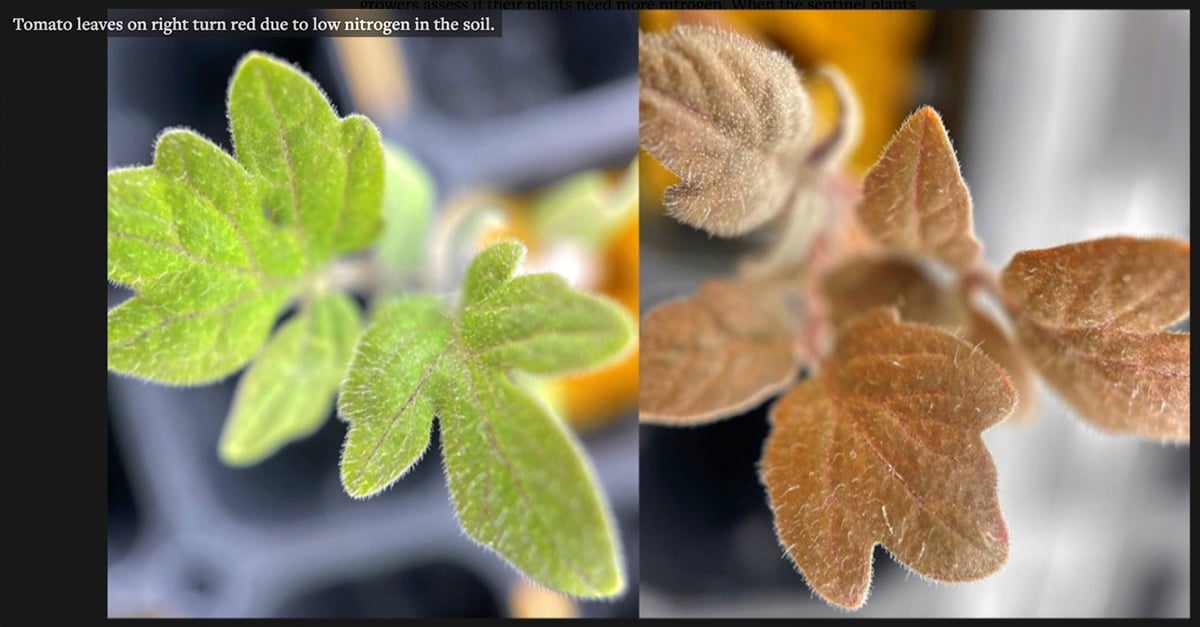WINNIPEG – Dry conditions across Manitoba are causing crops to advance quickly, according to the weekly crop report from Manitoba Agriculture, released on Aug. 13.
Moisture stress is evident in corn, soybean and sunflower crops. Rainfall is needed to help with grain fill, according to the report.
Harvest is well underway across the province for winter cereals, spring cereals and field peas. The canola harvest is just starting in parts of Manitoba.
Most of the province experienced hot and dry weather; parts of the northwest were hit by storms. Over the weekend the Swan River area received hail and wind damage, with some crops receiving small amounts of damage and others being completely wiped out. The Birch River area received a hail storm Sunday night; damage is unknown at the time the report was issued.
Read Also

American researchers design a tomato plant that talks
Two students at Cornell University have devised a faster way to detect if garden plants and agricultural crops have a sufficient supply of nitrogen.
Livestock producers continue to cut hay with below average yields, concerns are beginning to mount about feed shortages come winter and fall. Even if there is a good rainfall, it probably won’t help increase yields, as most of the potential for hay yields is made at the start of the growing season.
The government is encouraging producers to use the Manitoba Hay Listings page on the Manitoba Agriculture website to find additional feed sources, or the Pastures for Rent or Wanted listings online.
Livestock producers are also facing water shortages. Dugouts in pastures are being reported as 40 per cent full with some producers having to supply water to pastures.















